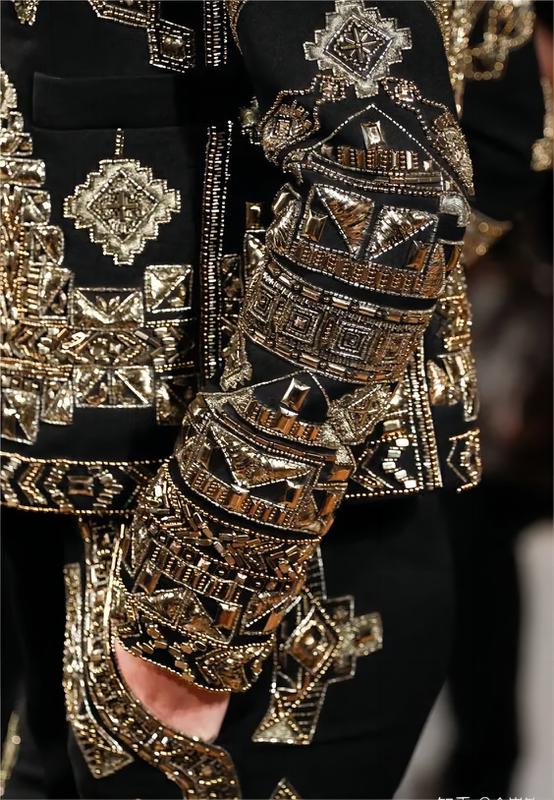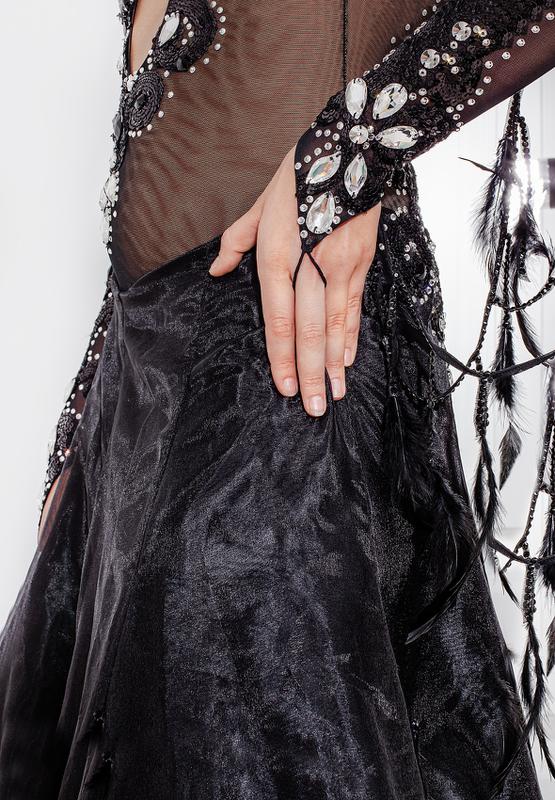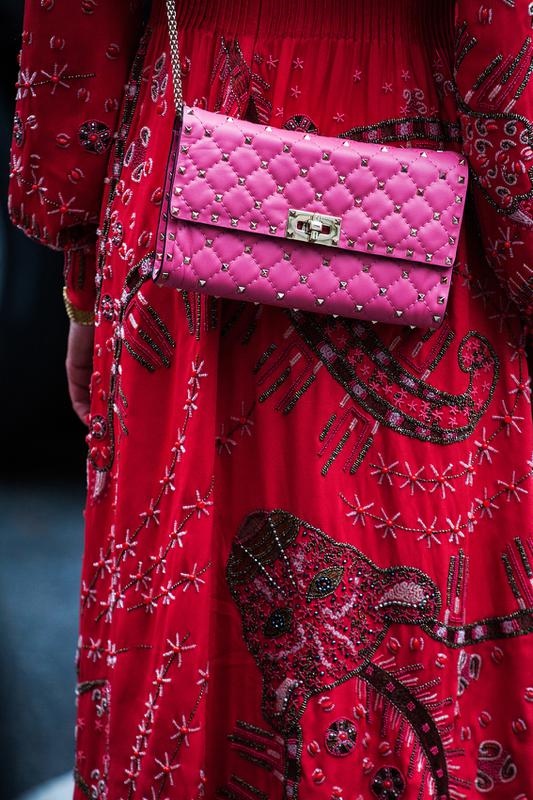Fabric and clothing-Luxutextile
Today we will discuss what role fabric design plays in fashion design, the conditions for fabrics to be narrative, and how fashion designers tell brand stories to the public by choosing and recreating fabrics.
Fabric is one of the necessary materials in most clothing designs. Clothing without fabric only exists in virtual reality or fairy tales, for example, in "The Emperor's New Clothes". When it comes to fabric design, people often associate fabric with clothing, thinking that fabric design is clothing design, but this is not the case. Fashion design and fabric are two independent professional fields. Interestingly, the fabric can be separated from clothing, but fashion design is difficult to separate from the fabric.
1. The composition of elements in clothing design
When it comes to elements, many keywords will come to our minds. "Polka dots", "tassels", "mosaics", "snake patterns", "hollow out", and "beading"... are common elements in clothing design that are well known to the public. These elements are like atoms in a cellular structure, and when brought together, a culturally associated vocabulary is created. This culture can be one or a combination of several elements, such as anti-war, punk, genderless, baroque, hippie, street, avant-garde, etc. When these words are mentioned, people with a basic understanding of clothing design will associate them with related clothing styles. The fashion designer is the engineer who creates the whole clothing based on the cognition of these "cellular structures".

Just like the Baroque style we are familiar with, it involves a lot of "religious elements" combined with "hollow out", "beading" and "embroidery". To understand the reasons why these elements are widely used, we need to go back to the cultural background and era background of the style.
The Baroque period began in Europe around 1600. Due to the influence of Romanticism, the art of the Baroque period, whether it is painting, architecture, music, and literature, is full of prosperity, grandeur, and romance. Its form is the bondage of traditional religion. a challenge. In 1762, Le Dictionnaire de l'Academie Francaise wrote that the word Baroque could be used to refer to something "irregular, singular or unequal". In clothing, we can see that some religious elements are widely used, and their shape has a sense of coexistence of strangeness and elegance. This is the use of elements in the way fashion designers tell stories in their works.

2. Occasions where function-guided clothing is used
The functional design in clothing design is also closely related to the use of fabrics, and the functionality of clothing is also an important part of narrative expression. We will have special articles to explain the application of fabric functionality in different fields. Today's article starts with an introduction, listing which functional garments correspond to several types of fabrics, and on what occasions they are usually worn. A. Occasions determined by the environment a. The comfort and breathability of clothing. Natural fabrics such as cotton and linen fabrics and silk fabrics are the first choice for making comfortable clothing. Some artificial fibers can achieve breathable effects after different knitting techniques, and their durability is far stronger than natural fibers, such as those used on sports shoes. fabric.
B. Water resistance of the garment. The waterproof fabric is made of polymer waterproof and breathable material (PTFE membrane) plus ordinary cloth. Its fiber composition is 100% high-density polyethylene. Most of our common outdoor sportswear will be made of such materials.
C. The windproof and cold resistance of clothing.
Most of the fabrics traditionally used to resist the cold are animal fibers or animal leather. Nowadays, the large-scale use of man-made fibers has gradually replaced animal fur. Many man-made fibers are degradable materials and are sustainable. We are familiar with: PU, ECO down, artificial fur, etc.
D. Where Humanities Determine
What is the occasion for humanities decisions? It is to choose different clothes according to the role of the wearer. For example, you need to wear formal or specific work clothes when you work; you often choose comfortable and casual clothes when you are on vacation, and you have more choices when you participate in social activities. The occasion of humanity's decision is too subjective, we will not discuss too much here.
3. Silhouette - the soul of clothing design
Silhouette, the outer contour line, refers to the shape presented by the overall exterior of the garment, and can also be called the structure of the garment. The creation of a silhouette is generally realized based on pattern making and three-dimensional cutting, which is a huge challenge to the basic skills of fashion designers. The silhouette transformation in the traditional sense is divided into three parts: shoulder, waist, and hem. In the history of fashion design, when it comes to the master of the use of silhouette, we have to mention Christian Dior. His shape uses high-grade percale cotton to create a skinny, corset-style top that is tightened at the waist and stretched. Using padding at the hips, combined with petticoats, allowed his garments to flare out from the waist, giving his models a very curvaceous form.
Christian Dior also replaced the types of silhouettes with numbers and letters. These include the feminine "8" shape, the "H" shape that emphasizes the movement of the garment, and the subsequent "A" shape and "Y" shape. These silhouettes have become classics in the clothing world and are still used today. The most ideal fabrics for garments made in traditional silhouettes are mainly cotton, linen, wool, silk, and some blended fabrics.
However, in addition to the types of silhouettes in the traditional sense, modern clothing design is influenced by the avant-garde (Avant-garde), breaking the original silhouette rules, and enriching the relationship between clothing structure innovation and the human body. practice. Such a practice can be based on a discussion of a philosophical concept, or a lifestyle experience, or an exploration of the relationship between the human body and clothing. The avant-garde clothing silhouette has a strong visual impact and expressive force. Compared with the traditional silhouette, the avant-garde clothing silhouette has a richer choice of fabrics, including non-traditional fabrics such as chemical fiber, plastic, PVC, space cotton, etc. Depending on the choice of fabrics, the stories told and the thoughts expressed will also change accordingly.

